HPMC For Construction
Chemical name: Hydroxypropyl methyl cellulose
English description:Hydroxypropyl Methyl Cellulose
English abbr.: HPMC
Hydroxypropyl methylcellulose is a nonionic cellulose ether with a white powder appearance, odorless and tasteless, soluble in water and most polar organic solvents and an appropriate ratio of ethanol/water, propanol/water, dichloroethane Alkane, etc., insoluble in absolute ethanol, swollen into a clear or slightly turbid colloidal solution in cold water. The aqueous solution has surface activity, high transparency and stable performance. HPMC has a thermogel property, and the product aqueous solution is heated to form a gel, which is dissolved after cooling, and the gel temperature of different products is different. Solubility varies with viscosity. The lower the viscosity, the greater the solubility. The properties of different specifications of HPMC are different. HPMC is not affected by pH in water. HPMC has thickening ability, salt discharge, pH stability, water retention, dimensional stability, excellent film formation and a wide range of enzyme resistance, dispersibility and adhesion.
Hydroxypropyl MethylCellulose Property:
■Stability:As a filming agent, thickener, emulsifier and stabilizer in latex paints and water-soluble resin coatings, the coating film has good abrasion resistance, uniformity and adhesion, and improves surface tension and pH stability. And the compatibility with metal color materials, in water-based paints, this product has excellent storage stability, maintains a uniform viscosity, makes the pigments evenly dispersed, and is basically not affected by the pH value.
■Water retention:The main role of cellulose in putty is to retain water, bond, and lubrication. It has high water retention, surface vortex properties and improved uniformity. It avoids the phenomenon of crust peeling, improves the shrinkage resistance and crack resistance, improves the anti-flow performance, and is comfortable and smooth after scraping, which improves the work efficiency.
■Cohesiveness:Bonding mortar and plastering mortar for thermal insulation mortar system: In this material, cellulose plays a role in bonding, water retention and strength. It has improved construction, high water retention and anti-hanging ability. Improve the ability to resist vertical flow, improve shrinkage resistance and crack resistance, improve bond strength, and improve work efficiency.
■Dispersibility:In the production of synthetic resins, it acts as a colloidal protective agent, which can effectively prevent the polymerization particles from agglomerating. Dispersion system in vinyl chloride (VC) floatation polymerization directly affects the quality of PVC resin and its processing and products; improves the thermal stability of the resin and controls the particle size distribution (which regulates the density of PVC). PVC prepared from high quality cellulose ether. Resin, in addition to ensuring performance in line with international standards, can also have good physical properties, excellent particle properties and excellent melt rheological behavior.
■Thickening:It is mainly used as a thickener in the interface agent to improve tensile strength and flexural strength. Improve surface coating, enhance adhesion and improve mortar bond strength. Good permeability and improved interface uniformity. Enhance the lubricity and fluidity of the mortar, make it easier to coat and improve work efficiency.
■Construction:Tile adhesives are used as water retention agents and adhesives in tile bonding to greatly improve the performance of the adhesive, allowing for longer open times and stronger adhesion to prevent the tiles from losing too fast. Fall off and so on. It has improved workability, good water retention, enhanced adhesion and high resistance to sag. The efficiency of the viscous brick is improved, the tiling efficiency is improved, and the bonding strength and shear strength are improved.
Dissolution method of hydroxypropyl methylcellulose hpmc:
1.Hot Water: Because HPMC insoluble in hot water, make HPMC uniformly dispersed in hot water in the initiation, then start cooling, three typical methods are described as follows:
Put certain volume water in container and heat the water up to about 70 ℃. Gradually add HPMC when stirring slowly, in the beginning, HPMC floating on the surface of the water, and then gradually it forms a slurry, cooled the slurry with stirring .
Add 1/3 or 2/3 water in a container and heated to 70 ℃, dispersing HPMC, prepare slurry as per method 1);then adding cold or ice water in the remaining space of the container, the following is adding above hot slurry with HPMC to cold water and stirring, the end is cooling this mixture
2.powder mixing: Mix HPMC powder with equal or more other powder ingredients,sufficiently disperse them by dry mixing , then dissolved in water,then HPMC dissolves without agglomeration.
3. Organic solvent wet: Disperse and moist the HPMC with organic solvent, such as ethanol, ethylene glycol or oil, and then dissolved in water.
Hydroxypropyl MethylCellulose HPMC For Construction
Tile adhesive
Hydroxypropyl Methyl Cellulose (HPMC) provides water retention and workability to tile adhesive and grouts. It also improves adhesion, reduce skinning, and increase open time.
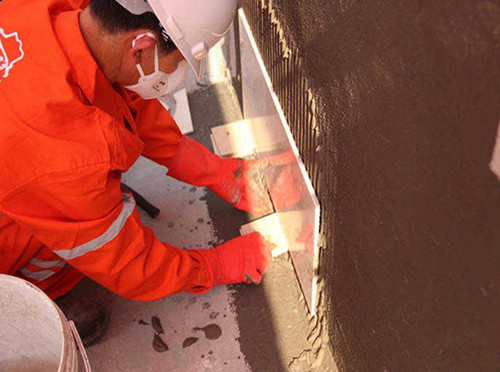
Gypsum-based plasters
Hydroxypropyl Methyl Cellulose (HPMC) imparts workability, and consistency to gypsum-based and cement-based plasters. It also provide water retention and sag resistance.
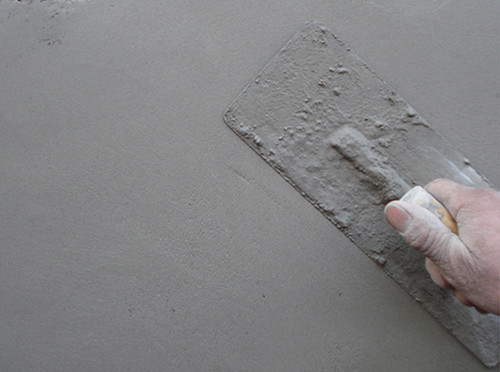
Cement-based plasters
Hydroxypropyl Methyl Cellulose (HPMC) provides water retention to cement-based plasters, improves workability.
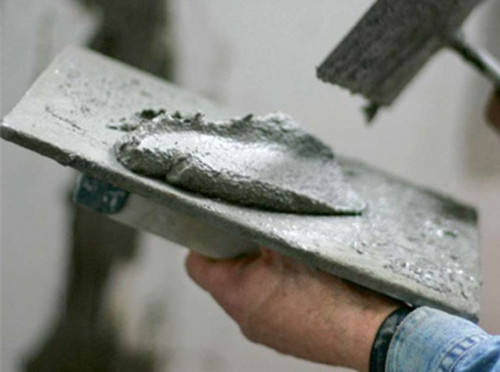
Masonry mortars
Hydroxypropyl Methyl Cellulose (HPMC) extends board life and improve workability.
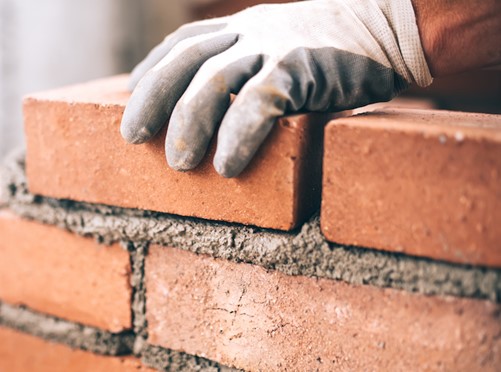
EIFS/ETICS
Hydroxypropyl Methyl Cellulose (HPMC) provides excellent workability and long working time.
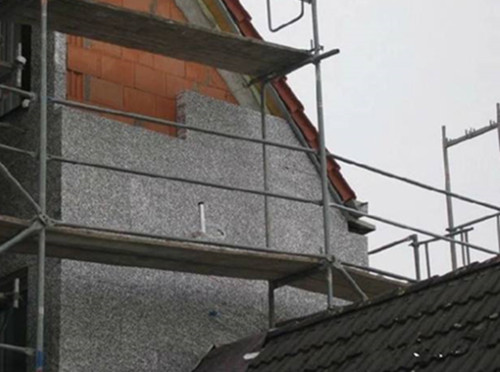
Our Hydroxypropyl Methyl Cellulose(HPMC) has efficient thickening and excellent water retention ability.
Other post article :
Hydroxypropyl methyl cellulose (HPMC) in construction





